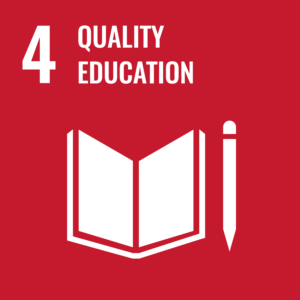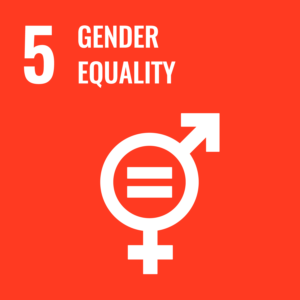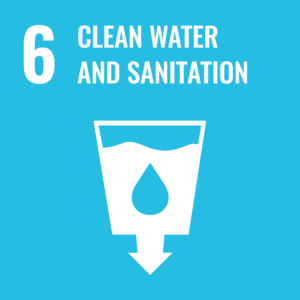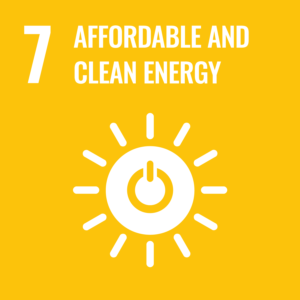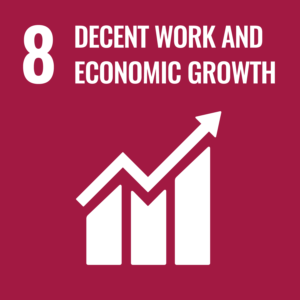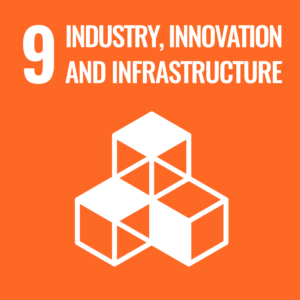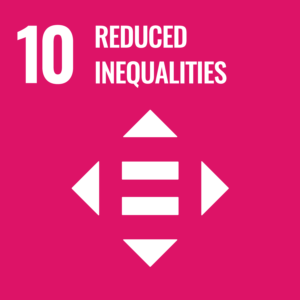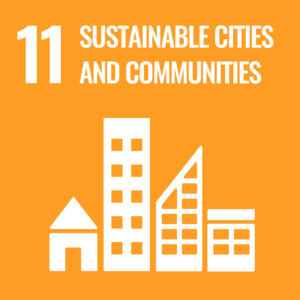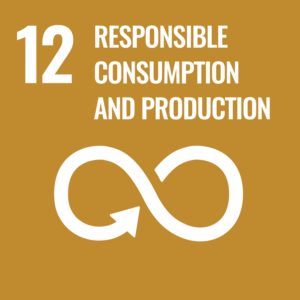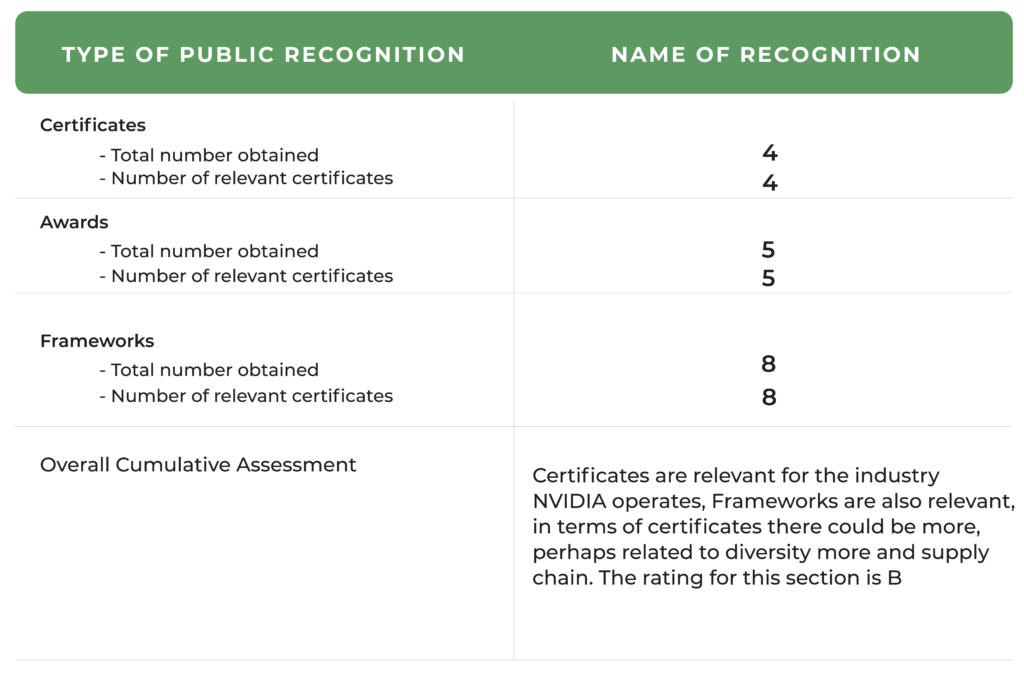
RATING

Outlook
Negative
SECTOR
Semiconductor and Related Device Manufacturing
Chief Sustainability Officer
T: N/A
E-mail: N/A
Stock Exchange and Ticker
NasdaqGS: NVDA
Website
Contact
T: 408 486 2000
E.mail: N/A
Listing
- Sustainalytics – Low Risk, 13.6
Awards
- No. 1 on Glassdoor’s 14th annual Best Places to Work list for large U.S. companies
- Rank No. 5 on Fortune 100 Best Companies to Work For in 2022
- Bloomberg Gender Equality Index
- Human Rights Campaign Corporate Equality Index
- NVIDIA ranked first in the semiconductor category on Fortune magazine’s list of the World’s Most Admired Companies
Revenue
$26.9B
Market Capitalisation
$414.82B
Employees
22,473
Content source
NVIDIA Sustainability Report
Evaluation of NVIDIA
The NVIDIA FY22 Corporate Responsibility Report covers the company’s performance for the fiscal year ended January 30, 2022. NVIDIA did not seek external assurance for the report, however the pay and promotion metrics have been evaluated by Secretariat Economists, Inc. S&P Sustainable1 provide assurance on FY22 global scope 1 and 2 GHG emissions and scope 3 fuel- and energy related activities and business travel.
NVIDIA’s report only includes goals related to renewable energy, LEED and ISO certification, diverting waste from landfill and completion of the assessment on Scope 3 emissions. The report is clear and transparent in presenting the efforts the company is taking towards sustainability, through more energy efficient products, through inclusiveness and diversity, through supply chain management, however it lacks on setting specific goals and providing quantitative data for the analysts to measure the progress. Moreover, awards are very few, related mostly to the workforce environment.
Additionally the certificates the company has are relevant for the industry, the ISOs and the LEED. And lastly, the company also includes in the report major frameworks such as GRI and SASB. The UNSDGs on the other hand are poorly presented, mainly related to the contribution the company’s products are bringing. For example, some contributions are relevant to educating young kids by providing them with free access to technology, such as Jetbot robotics toolkits, but other contributions such as giving a keynote speech at AI Expo Africa to highlight the AI revolution or hosted speakers to discuss AI literacy and efforts to grow the participation of underrepresented groups in science and engineering, can’t be analysed as progress towards a specific goal.
Lastly, NVIDIA is transparent with the fact that they do not directly manufacture the semiconductor wafers or printed circuit boards used in their products, nor do they manufacture their branded device, but they provide details on the screening and audit process, with no violations included in the report. Furthermore, although suppliers are required to provide information on energy use, emissions, NVIDIA does not include that information in the report.
It is difficult to give NVIDIA a high rating, considering the lack of goals and the progress on other areas besides energy, although energy, water and supply chain management are the main areas to address sustainability. Therefore, it scored a C.
Sustainability Scorecard
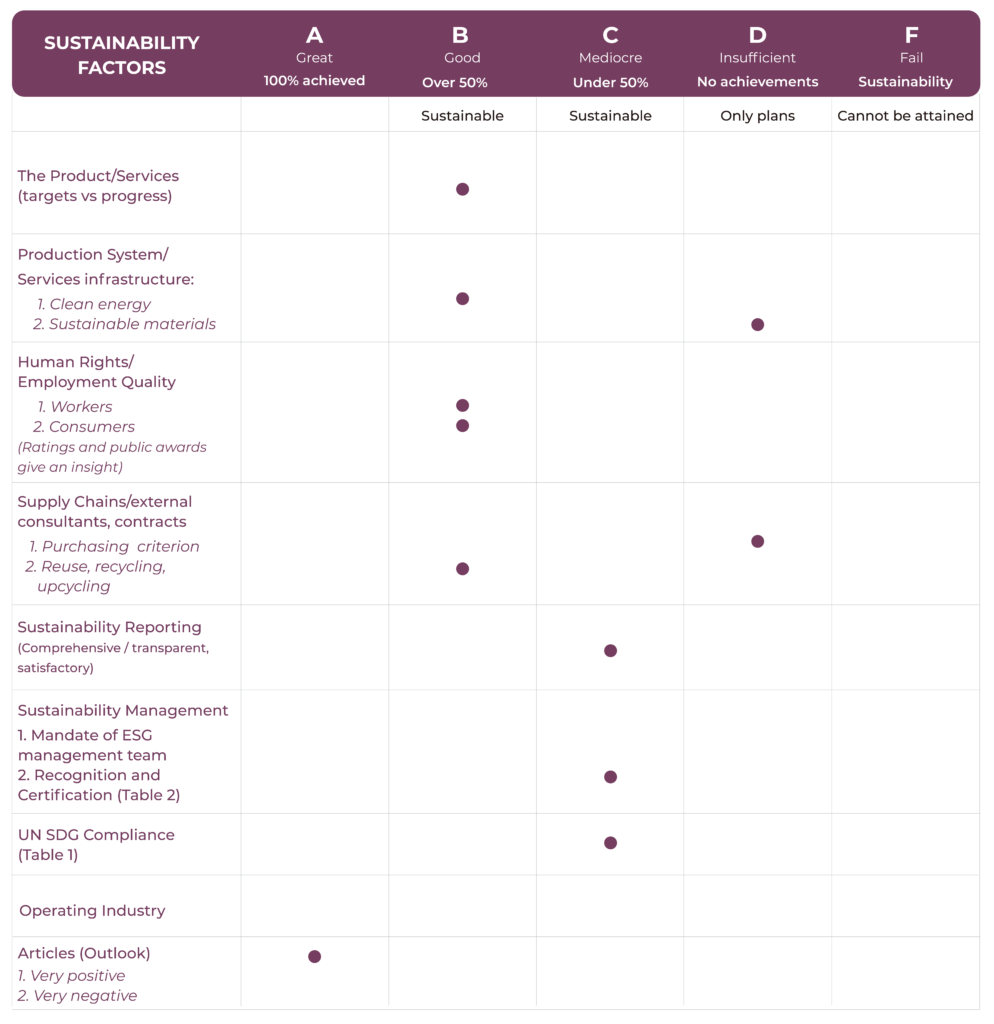
NVIDIA Company Activity
NVIDIA Corp. designs and manufactures computer graphics processors, chipsets, and related multimedia software. The two segments of the company are the Graphics Processing Unit (GPU) and Tegra Processor segments. Through the GPU segment the firm provides products such as GeForce for gamers, Quadro for designers, Tesla and DGX for AI data scientists and big data researchers and GRID for cloud-based visual computing users. In the Tegra Processor unit, an entire computer is integrated onto a single chip, and incorporates GPUs and multi-core CPUs to drive supercomputing for autonomous robots, drones, and cars, as well as for consoles and mobile gaming and entertainment devices. The company’s products are used in gaming, professional visualisation, datacenter, and automotive markets. The company was founded by Jen-Hsun Huang, Chris A. Malachowsky, and Curtis R. Priem in January 1993 and is headquartered in Santa Clara, CA.
NVIDIA Sustainability Activity - As per company declarations
Company’s sustainability activity can be summarised from the CEO’s letter in the NVIDIA 2022 Corporate Responsibility Report where accelerated computing and artificial intelligence can be applied to take on the most important challenges of our time such in transportation, digital biology and climate science. Jensen Huang, NVIDIA CEO, mentions that through accelerated computing, scientists have been able to decode the COVID spike protein, speed DNA sequencing for same-day diagnoses and predict extreme weather, while saving cost and energy. Furthermore, large-scale computers are essential instruments to accelerate the Department of Energy’s ‘energy supercomputer’, carbon capture AI tool, wind farm energy prediction and so on, while being-energy efficient.
In the letter is also mentioned the NVIDIA’s culture of generosity, which comes from NVIDIA employees, who joined the company in contributing more than $22 million and 16,500 volunteer hours to charitable causes in fiscal year 2022.
Certificate & Labels, Standards and Frameworks
- ISO 9001 certified
- LEED Gold certified
- ISO 14001 (environmental management system)
- ISO 50001 standard (energy management standard)
- GRI
- SASB
- TFCD
- UNSDG
- CDP Climate Change
- UN Guiding Principles on Business and Human Rights
- ILO Declaration on Fundamental Principles and Rights at Work
- UN Universal Declaration of Human Rights
NVIDIA in the news: Press Reviews and Social Media
Since 2014, Nvidia has cut its emissions by 15% per employee, and by the end of 2025, it wants 65% of the electricity it uses worldwide to come from renewable sources. In an effort to further assist in reducing the effects of climate change, such as flooding, droughts, and wildfires, Nvidia has partnered with the Lockheed Martin AI Centre. At Sustainability LIVE, which will be held in London’s Tobacco Dock on February 23–24, 2022, join business leaders from around the world and sustainability experts in taking meaningful action.
Although the GTC keynote from Nvidia was primarily focused on generative AI technologies, sustainability was also a topic of discussion. Due to Moore’s Law and the requirement for more datacenters, CEO Jensen Huang claimed that GPU-accelerated supercomputers are the only way to reduce power consumption.
To speed up workloads, Nvidia offers a variety of accelerators and software, including GPUs, DPUs, and Grace CPUs with an Arm architecture. While AMD’s Epyc 4 has a TDP of 360W–400W, the Grace Superchip has a TDP of 500W. The outcome of an efficiency competition between the two will depend on performance under various workloads, not just TDP.
Highlights from NVIDIA Sustainability Report
Achievements
- Implemented an ISO 50001 Energy Management System in FY22
- In FY22, implemented LED lighting enhancements and updated HVAC systems in several buildings in Santa Clara
Weaknesses and Setbacks
- LEED Gold certification for the new Santa Clara headquarters was delayed due to COVID-19
- NVIDIA fails to specifically address the increase in water withdrawal between FY22 and FY21, only claiming that “ through water the buildings are designed to achieve over 40% reduction in domestic water demand and a 50% reduction in potable water use
- Scope 3 includes only emissions from fuel and energy related activities and travel, no details from suppliers’ even though NVIDIA says that since 2014 they required key suppliers to report their energy usage, GHG emissions data, and reduction goals and objectives. The report does not contain such information
Targets vs Progress Reported
| Target | Results reported |
|---|---|
| Source 100% of global electricity use from renewable energy by end of FY25 | - They sourced 38% of their FY22 electricity use from renewable sources, a 13 percentage point increase from the previous year |
| Achieve LEED Gold certification for the new Santa Clara headquarters building in FY23 | - Target date for certification was delayed due to COVID-19 impacts on construction schedule |
| Divert 80% of waste from landfill at Santa Clara headquarters | - They diverted 56% of FY22 waste from landfill, a 12 percentage point decrease from the previous year |
| Implement an ISO 50001 Energy Management System in FY22 | - Achieved |
| Assess scope 3 emissions along the value chain in FY22 | - Achieved |



